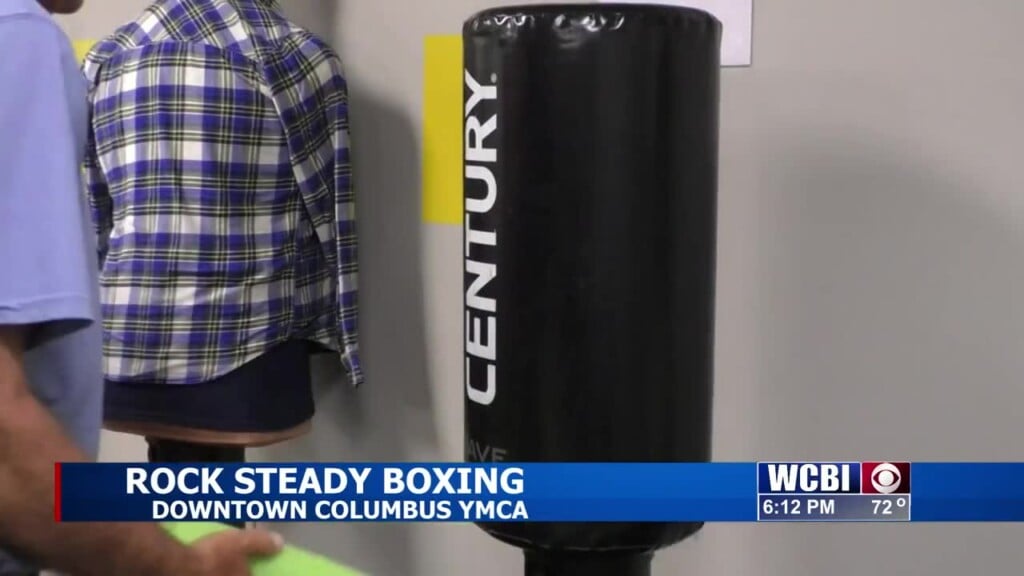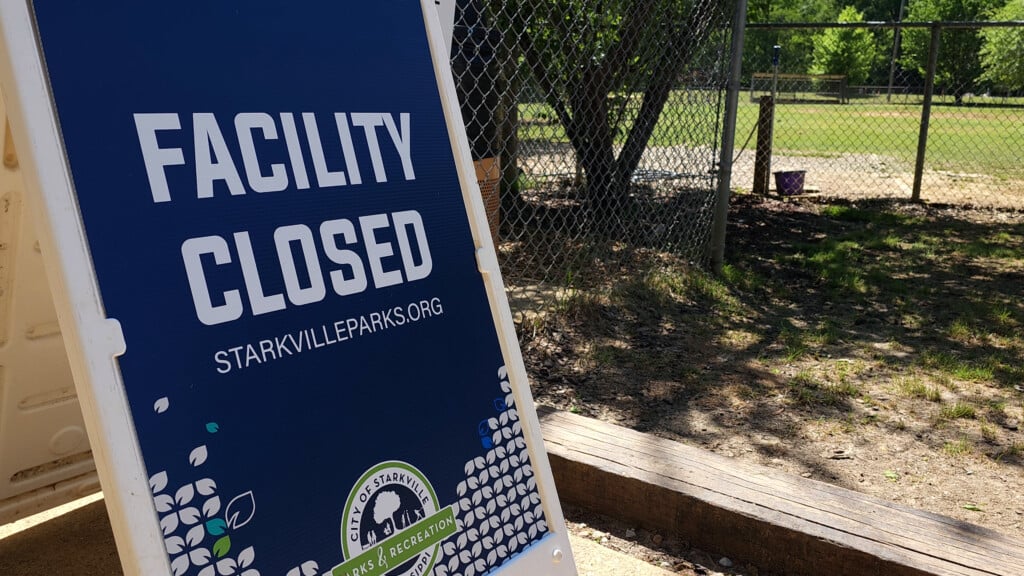Winona marks where civil rights leader Fannie Lou Hamer was beaten inside city jail after nearly 60 years
WINONA, Miss. (WCBI) – On June 9, 1963, civil rights leader Fannie Lou Hamer and six other women were arrested for sitting at a “whites only” restaurant in Winona, then taken to the city jail and severely beaten.
Nearly 60 years later, the town has marked the spot where the jail once stood.
The Winona Board of Alderman voted to commemorate June 9th as Fannie Lou Hamer Day. But for so long, the suffering she endured there has been a piece of unspoken history that residents say was hidden right in front of them.
“They were tortured in those jail cells,” says Jackie Hamer-Flakes, Hamer’s last surviving daughter.
Hamer-Flakes was overcome with emotion when she saw the plaque for the first time.
“It’s not easy knowing that my mother was brutally beaten in that jail,” she says. “It’s not easy knowing that they really disgraced her, not allowing her to keep her dress down when she tried to smooth it back down when they were beating her on her legs.”
Hamer and six other African American women were returning from a voter registration program when they were arrested. Police and inmates beat them inside the jail, leaving Hamer with life-long injuries that included kidney damage and a blood clot in her eye.
“Just imagine having health issues and then to be beaten by people with billy clubs until they were tired,” Hamer-Flakes said.
In 1964, Hamer attended the Democratic National Convention to gain recognition for the Mississippi Freedom Democratic Party and advocate for voting rights for African Americans. She shared the story of her beating inside the jail, which helped bring national attention to racism in Mississippi.
“I think it horrified the country,” says civil rights historian and Florida State professor Dr. Davis Houck. “I don’t know that it horrified white Mississippians, but it horrified the country to learn that a black woman, 45 years old, could be beaten and tortured like this.”
But event coordinator and Winona resident Vickie Roberts-Ratliff says that so many people don’t know that this happened in their town.
“When I found out in 2011, I went into my shower and I cried profusely,” she says. “I begged her to forgive me, forgive us for not acknowledging her.”
“I think the community’s outlook (at the time) on this was number one, ‘We don’t like civil rights activists and activism going on in our community,’ and number two, ‘We’re not going to acknowledge what happened here,'” Dr. Houck says.
So Roberts-Ratliff and her group Bridging Winona placed the marker at the spot where the jail once stood, so that everyone can see it and remember.
” I think it’s a step in the right direction,” Roberts-Ratliff says. “It’s one step towards a reckoning and coming together.”
Bridging Winona is holding more events throughout the weekend to celebrate Fannie’s legacy.
“It’s an honor that now the truth is out,” Jackie says. “People here in this town will know what happened in their city.”




